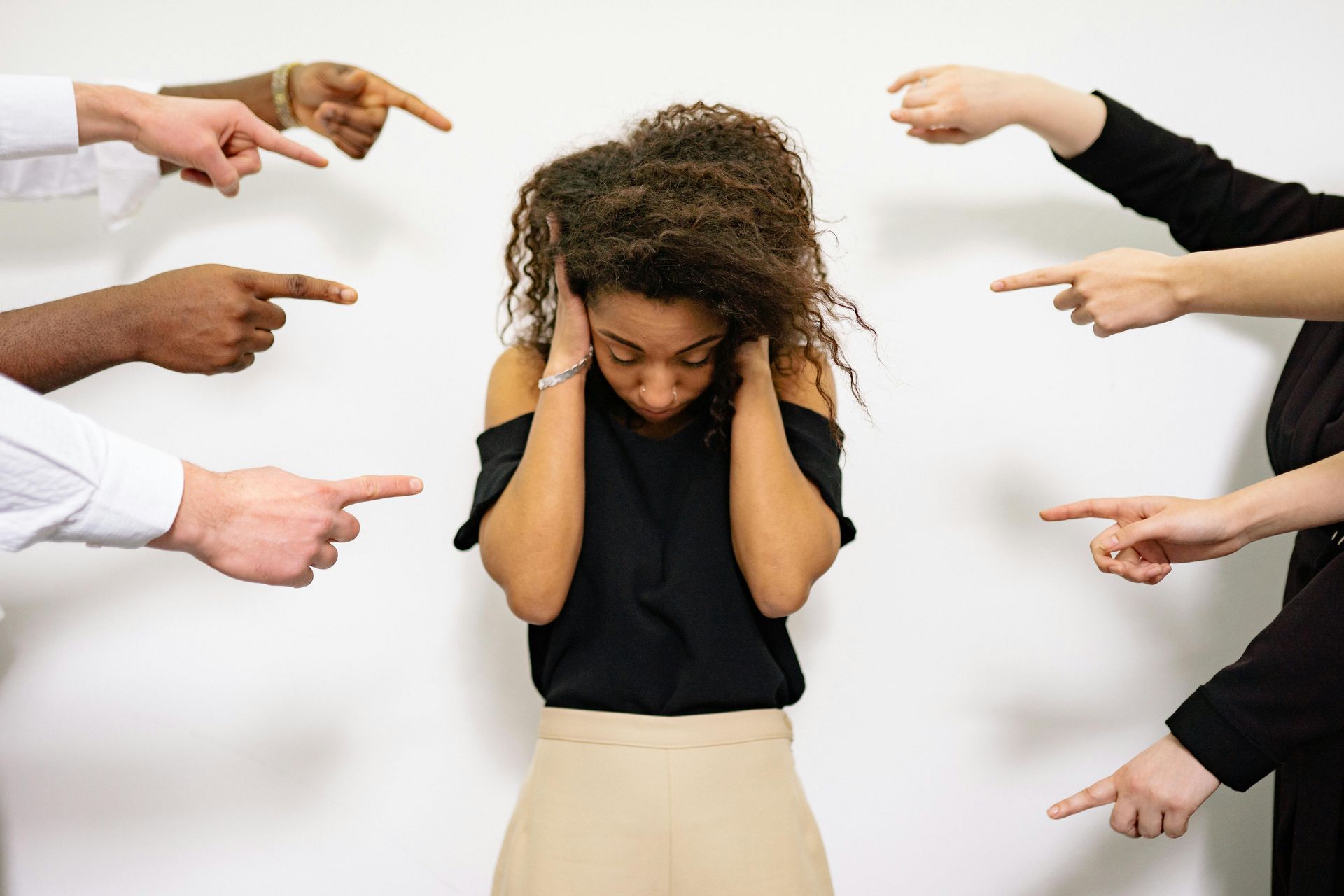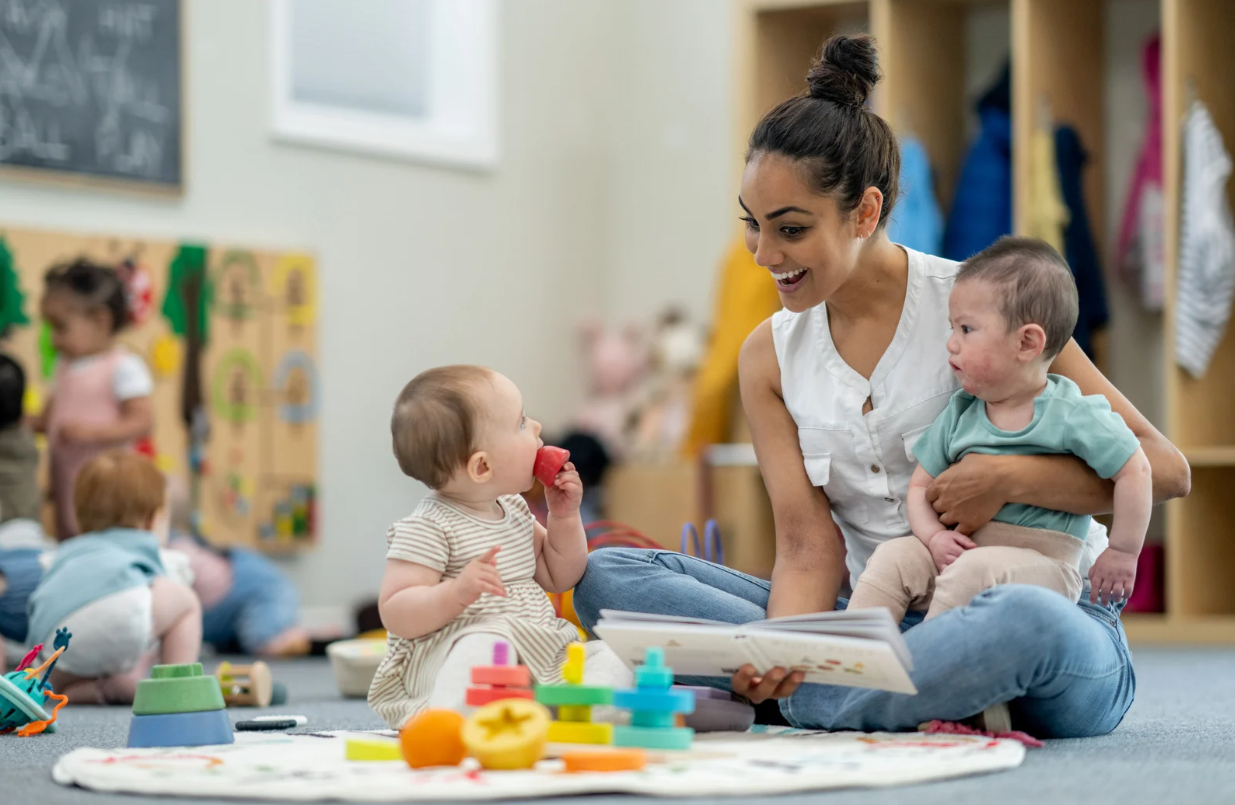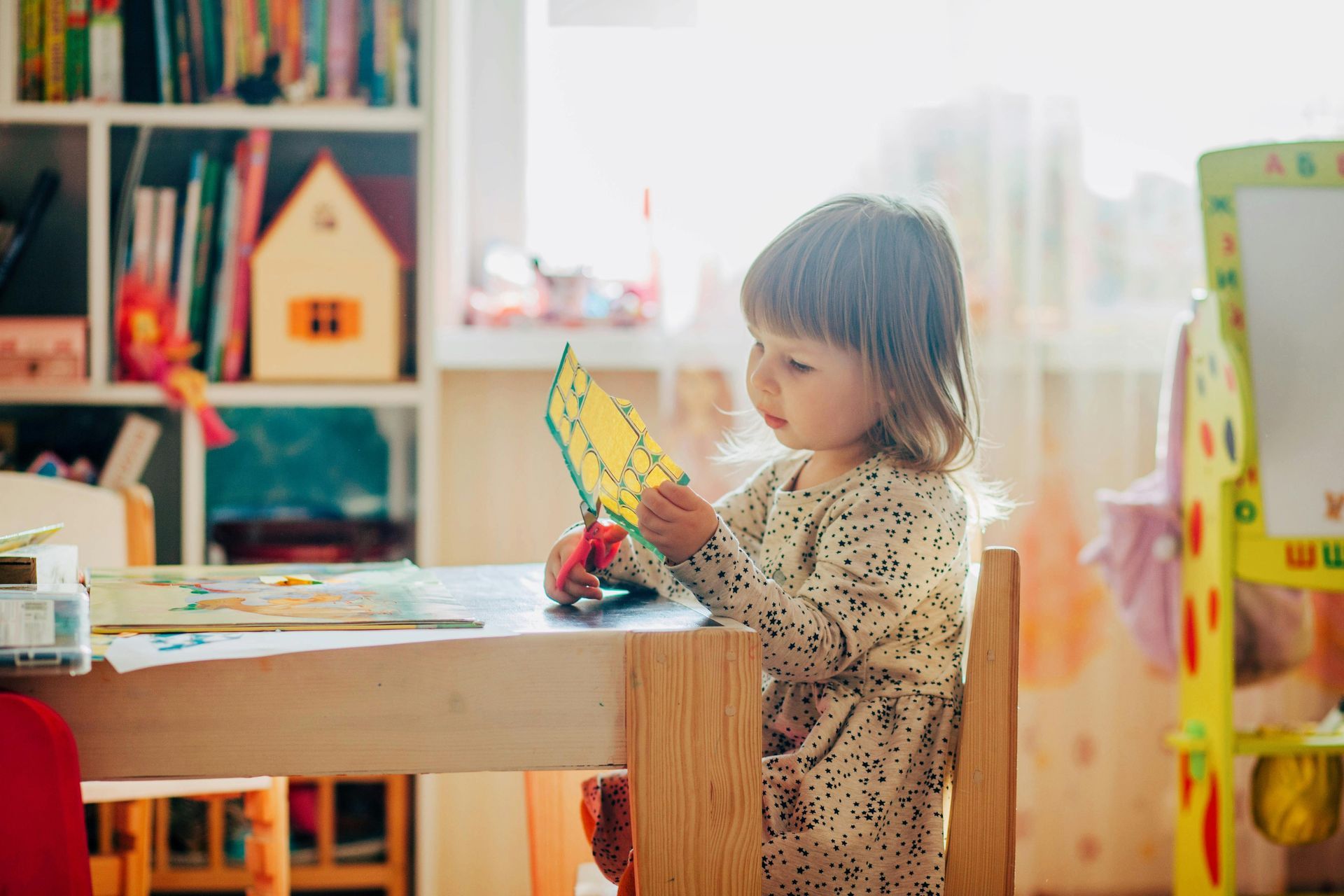Teaching Through the Classroom Environment
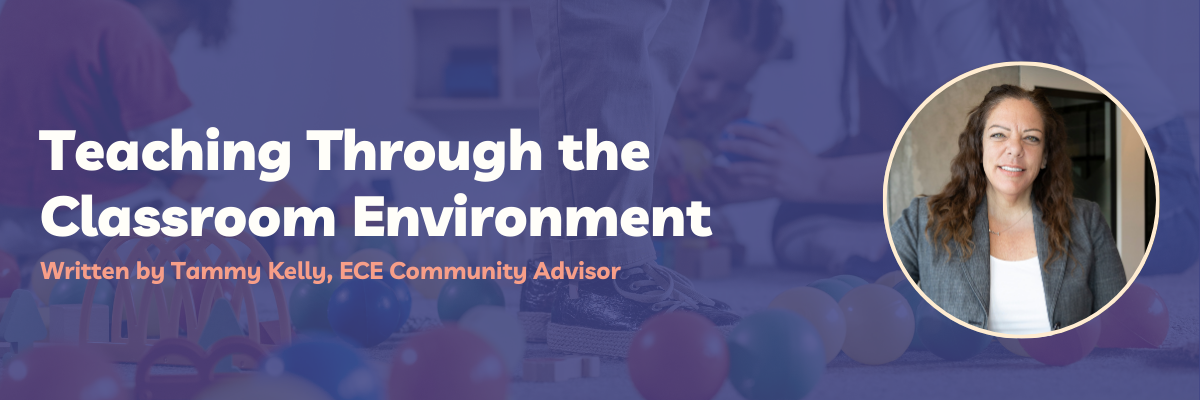
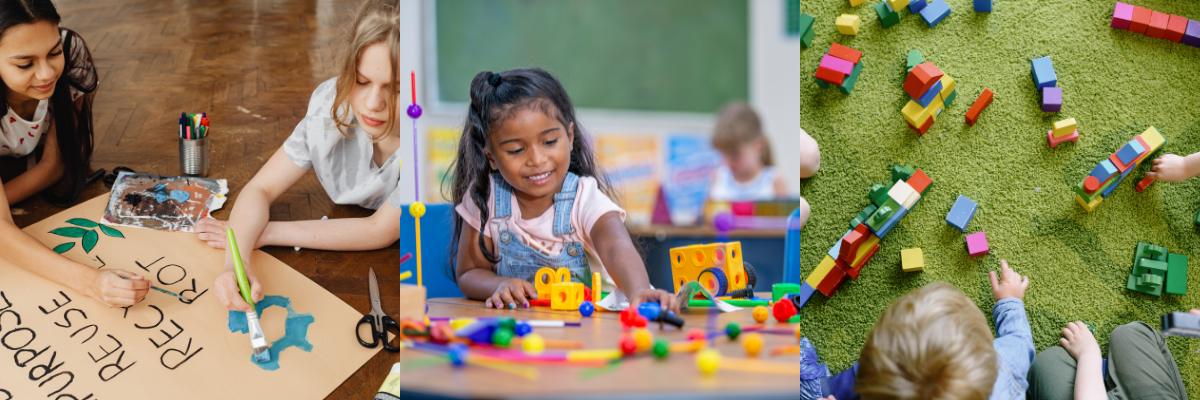
Sustainability in the Classroom
Another way to enhance the learning environment is by incorporating sustainability through recycling, reusing, and repurposing materials. Not only does this approach support problem-solving skills, but it also encourages children to develop respect for their environment.
At my center, we made recycling a core part of our summer programming, and the creativity it sparked was incredible! One classroom transformed recyclables into a full-fledged water park on the playground, turning learning about environmental stewardship into a hands-on adventure.
In another room, children needed a washer and dryer for their dramatic play area, but none were available at the time. Instead of waiting for new materials, they built their own out of cardboard boxes! The pride they took in their creation was inspiring, and it was remarkable to see how their engagement with the space changed when they had a hand in designing it.
The Power of a Dynamic Environment
A classroom environment should never be static. Regularly updating and rearranging spaces introduces new challenges, prevents boredom, and keeps learning fresh. I often involved children in the process, especially with older age groups, by gathering their feedback and incorporating their ideas into the setup. When children contribute to shaping their own learning space, you can truly feel their sense of ownership, pride, and well-being. That feeling is priceless.
Designing an Engaging Learning Space
When setting up your environment, consider these key elements:
✅
Incorporate children’s interests – Create spaces that reflect what excites them.
✅
Provide hands-on materials – Include items that encourage exploration and stimulate the senses.
✅
Use natural lighting & materials – A warm, inviting space fosters a connection with the environment.
✅
Support problem-solving & inquiry – Provide open-ended resources that inspire critical thinking.
✅
Encourage collaboration – Create areas that facilitate teamwork and shared learning experiences.
As you reflect on your own classroom setup, think about ways to enhance its effectiveness. How can your environment better serve the needs of your children while also supporting your teaching approach? The classroom is more than just four walls—it’s a living, breathing part of the learning experience.
Final Thoughts
“There are three teachers of children: adults, other children, and their physical environment.”
— Loris Malaguzzi
By intentionally designing a space that supports growth, exploration, and engagement, we empower children to thrive in an environment that truly teaches.



